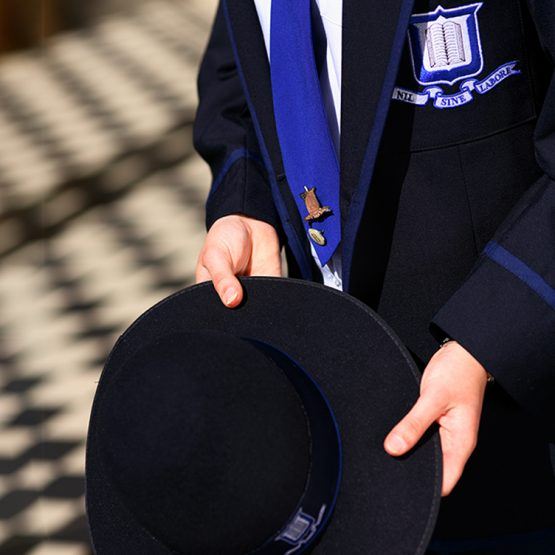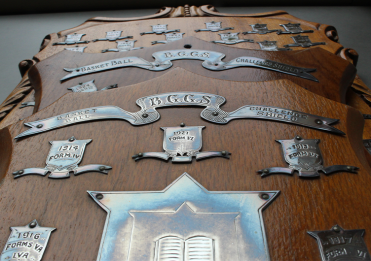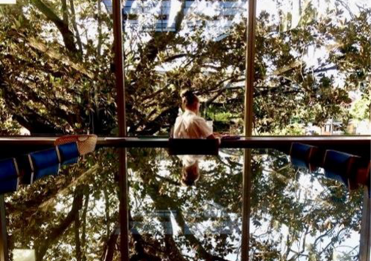You do not have to look very far to find reminders of the past at Girls Grammar. Buildings and 140-year-old fig trees are obvious signs, but it is more difficult to ascertain what went on inside classrooms. However, within the Elizabeth Jameson Research Learning Centre, there are two examples of very early student ‘accommodation’: the two-seater desk and bench.
In the Level 1 foyer, one still displays the marks of generations of Grammar girls. These pieces are still popular, and the lovely irony is that they are the perfect angle for the 2020 laptop—and working with a friend.
These heavy pieces made of solid silky oak and wrought iron, were in use from the earliest days of the twentieth century and remained as student facilities in what were dubbed ‘the cottages’ when I started at Girls Grammar in Year 9 in 1964.
Over the years, these desks and benches were replaced by newer versions but ever economical, the School decided to paint them green and repurpose them as garden furniture. Later, some were even relocated to Marrapatta. It may have been a cost-effective and practical decision but, to my mind, it also revealed an early example of thoughtful and responsible recycling.
What do I see when I look at this quaint configuration? Its very weight reminds me of solidity, of the idea that learning has always been important and that a sound educational foundation is vital for a positive and hopeful future. I also think about the way they encouraged interesting collaborations between students.
My next three years at Girls Grammar were spent in different classrooms in the Western Wing and the furniture there was considered ‘modern’ in comparison. Students sat at individual wooden desks with a lift-up top for all books and writing equipment. The chairs were wooden too and, though they looked hard, they were quite comfortable and certainly helped your posture. What was interesting was that, although these were individual desks, they were arranged in pairs: a legacy of the older versions, perhaps?
One past student from the 1950s remembers something Miss Lilley said to incoming students: ‘Girls who leave their names on desks never leave them on honour boards.’ I wonder if the opposite is true: desks leave their mark on the students who sat at them all day, week after week. In those years when most of the lessons were taught in the same classroom, you had your own desk in the same place in the one room. The feel of that smooth wood, the knowledge that all your hard-won notebooks just under your hands, and even the indent for your pens and pencils were all comforting and familiar.
Mrs Kristine Cooke
Director of Information Services
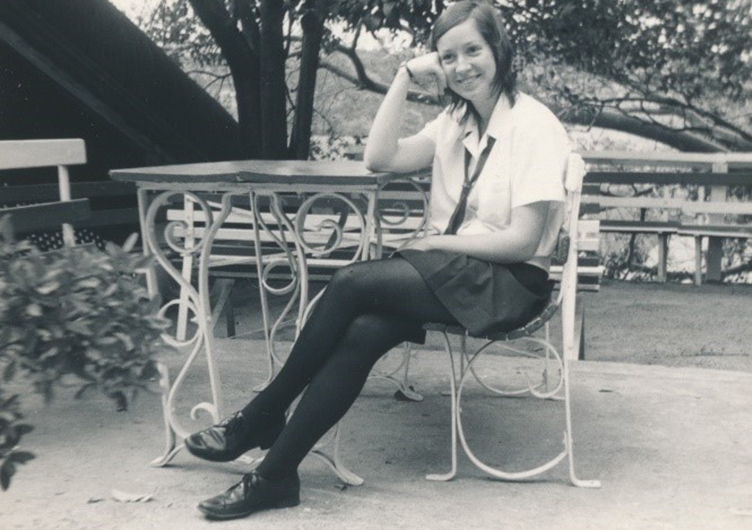
1971 Alison Don on garden furniture
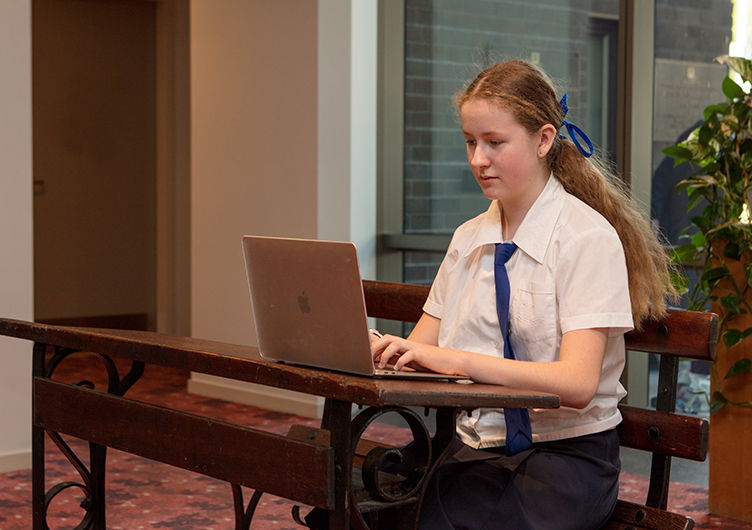
Fionnuala Lingard (9B)
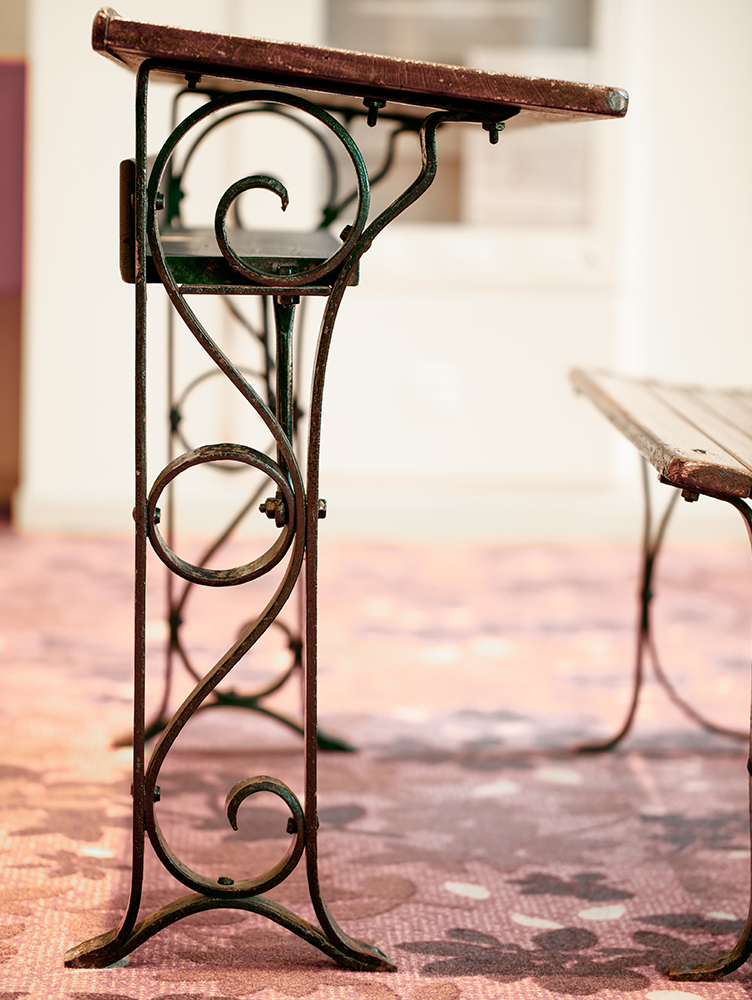
2020—two-seater desk and bench

